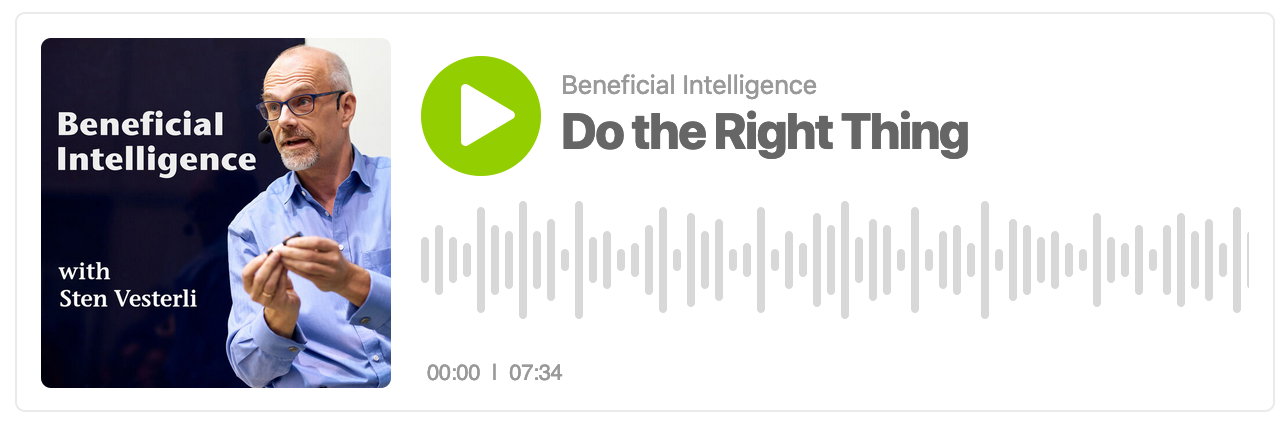Which snow should you shovel? We’ve just had a couple of inches of snow here in Denmark, which means that I will have to get out the snow shovel and clear the sidewalk. But I live on a small private road where the snowplough doesn’t go. Should I shovel the snow from the road as well? Should I clear the patio? There is always more snow I could shovel.
In any IT organization, there is an infinite amount of possible work. It is constantly snowing new tasks – security patches, new cloud services, new integrations, enhancement requests, bug reports. You can easily run out of space for more post-its on your Kanban board, but you will never run out of tasks. As Elton John sang in The Lion King: “There’s more to do than can ever be done.” As an IT leader, it is your job to decide what gets done. Do you have a policy for what gets done first? If you don’t, write one and distribute it to your team. That makes it easier for them to find and do the most important jobs first.








